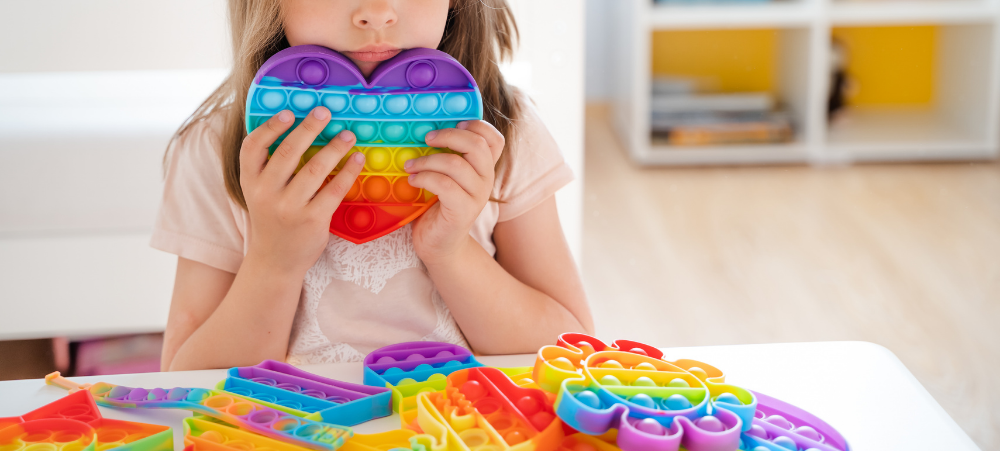
What happens when you can’t sound out a word?
“Help Mom, I am stuck on this word?” What is your first reaction, “just sound it out”. Good advice? Actually, not that good. Sounding it out is not always the best strategy for figuring out a word. Learning to read individual words is hard work and not always as easy as parents may think. There are words that a child can memorize: these are called sight words. But there are a whole lot more words that children have to decode or figure out. So what should a parent do when their child comes across a word he doesn’t know or may have seen it once or twice but has not committed to memory yet? Tell them to sound it out, NOT ALWAYS. I am not saying phonics is not useful. It is imperative that children know their letters and the sounds they make, but as a strategy or way to figure out unfamiliar words it doesn’t always work. I suggest you read on and see how many more strategies you can try use to help your child attack those tricky words. Here are some more useful word attack strategies: Picture clues – ‘look at the picture; it will help you figure out this tricky word.’ Beginning Sounds – look at the first letter together, ‘do you know that letter, do you know a word that starts with that letter, what sound does it make’? Chunking – ‘can you find a small word in this big word?’ Let’s read that small word. Cover the first part of the word, read, cover the last part of the word and read. Now put the words together and read’ Context – Use the meaning of the sentence to try figure out the unfamiliar word, e.g. “Peter is reading the ……. Answer: book”. Let your child predict or ‘guess’ the word ‘book’ based on the context of the sentence. Helpful Hint: build vocabulary to maximize this strategy. Stretching the word – ‘use your finger as you try read the word. Look at it slowly’ Rhyming – ‘this word is tricky but it does rhyme with another word on this page. Can you read this word (parent points to other rhyming word), well done, now swop the first letter and read the other word. They rhyme, well done, can you hear the rhyme.’ Go over the rhyming set together to practice. Use the squiggles around the words as clues (Literacy conventions = question mark and capital letters) e.g. if there is a question mark at the end of the sentence, the unfamiliar word could be ‘what’ ‘where’ ‘how’ ‘when’ or ‘why’; if there is a capital letter in the middle of the sentence the unfamiliar word could be a name of a person/place ) Miss it out and come back – ‘this word is tricky, leave it out for now and keep on reading. Come back to this tricky word once you have finished reading the sentence.’ Ask someone – do not let your child struggle too much, encourage him to ask for HELP if he can’t figure it out. Helpful Hint: It takes practice to use these strategies, so give help as it is required, however, instead of just giving the answer straight away model a strategy your child can use and read it together using this strategy. As children gain confidence they will use a strategy on their own next time. Keep a balance of you helping your child and your child helping himself! It needs to sense – ‘Did that sentence make sense?’ Repeat the sentence to your child using his mistake let him tell you which word doesn’t sound right. ‘As you read this time listen to your words and make sure they make sense’. Helpful Hint: this is a fairly advanced strategy, comes with lots of practice. Keep modeling it as the fluent reader. Try these out; you will be surprised as to how well they work. I call it giving your kid a READING TOOLBOX. Best thing you can do for your beginner reader. Actually it’s the second best thing, the BEST THING you can do for your beginner reader is read to/with or him every day.




























